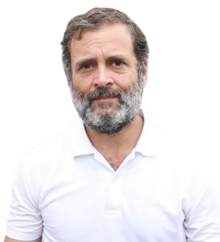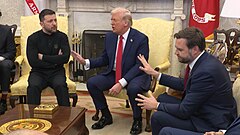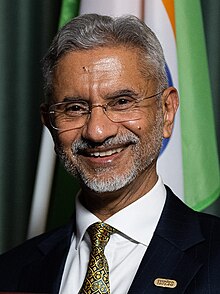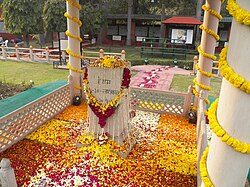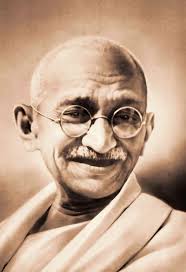
Introduction
Narendra Modi, India’s current Prime Minister, has had a long and eventful political journey. His early political career began with the Rashtriya Swayamsevak Sangh (RSS), where he developed his leadership skills before transitioning into the Bharatiya Janata Party (BJP). His rise within the party was marked by organizational work, political strategy, and leadership roles that eventually led him to become the Chief Minister of Gujarat in 2001.
This article provides an in-depth look at Narendra Modi’s early political career, covering his RSS years, BJP leadership roles, and journey to becoming Gujarat’s Chief Minister.
Early Involvement in Politics (1970s–1990s)
RSS Association (1971–1985)
Narendra Modi’s political journey began when he joined the Rashtriya Swayamsevak Sangh (RSS) in the early 1970s. As a pracharak (campaigner), he was deeply involved in Hindutva ideology, social work, and political mobilization.
Key Contributions to RSS
- Became a full-time RSS pracharak, working on grassroots organizational work and youth mobilization.
- Developed strong leadership and strategic skills under the mentorship of senior RSS leaders.
- Focused on building nationalist sentiment and promoting Hindutva values.
Role During the Emergency (1975–77)
The Emergency imposed by Indira Gandhi (1975–77) was a turning point in Modi’s early political career. During this period:
- He actively worked underground, helping RSS and Janata Party leaders evade arrest.
- Played a crucial role in organizing resistance movements and spreading anti-Emergency literature.
- Strengthened his political connections with future BJP leaders like Atal Bihari Vajpayee and L.K. Advani.
Transition from RSS to BJP (1985)
In 1985, the RSS assigned Narendra Modi to work with the Bharatiya Janata Party (BJP). This marked his entry into mainstream politics, where he played a pivotal role in BJP’s growth and strategy.
BJP Rise (1987–2001)
1. Joining BJP and Organizational Expansion (1987–1990)
- 1987: Officially joined the Bharatiya Janata Party (BJP) and started working on party organization and election strategies.
- Helped BJP expand its base in Gujarat, focusing on Hindutva, development, and grassroots mobilization.
- Gained recognition as a sharp political strategist and organizational expert.
2. Role in L.K. Advani’s Ram Rath Yatra (1990)
- Played a key role in planning and executing L.K. Advani’s Ram Rath Yatra (1990), a movement aimed at building support for the Ram Janmabhoomi movement.
- Strengthened BJP’s Hindutva appeal, boosting its political influence across India.
- Established himself as a trusted political aide to senior BJP leaders.
3. National Leadership Roles in BJP (1995–2001)
- 1995: Became BJP’s National Secretary, handling party work in multiple states.
- Focused on strengthening BJP’s electoral machinery and outreach efforts.
- 1998: Promoted to General Secretary (Organization) in BJP, where he played a crucial role in shaping BJP’s national election strategies.
Chief Minister of Gujarat (2001–2014)
Appointment as Gujarat CM (2001)
- October 7, 2001: Narendra Modi was sworn in as the Chief Minister of Gujarat, replacing Keshubhai Patel.
- His appointment was driven by BJP leadership’s decision to revamp governance in Gujarat, especially after the Bhuj earthquake (2001).
- First Electoral Victory as CM: Won the Rajkot II by-election (2002) to secure his position.
- First Full-Term Win: Led BJP to a decisive victory in the 2002 Gujarat Assembly Elections, securing a strong mandate.
Gujarat’s Economic Transformation Under Modi
- Focused on infrastructure development, industrial growth, and governance reforms.
- Implemented policies that made Gujarat an investment-friendly state.
- Built a strong reputation for economic management and rapid industrialization.
Conclusion
Narendra Modi’s early political career (1971–2001) laid the foundation for his rise as one of India’s most influential leaders. His journey from an RSS pracharak to a key BJP strategist and finally the Chief Minister of Gujarat showcases his political acumen, strategic vision, and leadership abilities.
His involvement in the Ram Rath Yatra (1990), BJP’s organizational growth (1995–2001), and Gujarat’s governance transformation (2001–2014) were key milestones in his rise to national prominence. Eventually, his strong leadership in Gujarat paved the way for his historic victory in the 2014 Indian General Elections, leading him to become Prime Minister of India.
Reference Websites
- Bharatiya Janata Party (BJP) Official Website – www.bjp.org
- Rashtriya Swayamsevak Sangh (RSS) Official Website – www.rss.org
- Election Commission of India – www.eci.gov.in
- The Economic Times – www.economictimes.indiatimes.com
- Times of India – www.timesofindia.indiatimes.com
- The Hindu – www.thehindu.com
